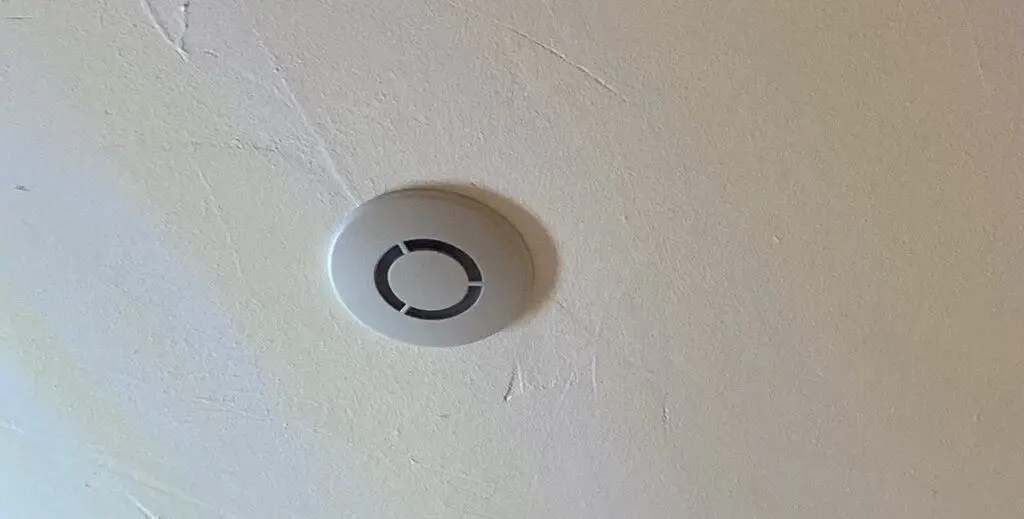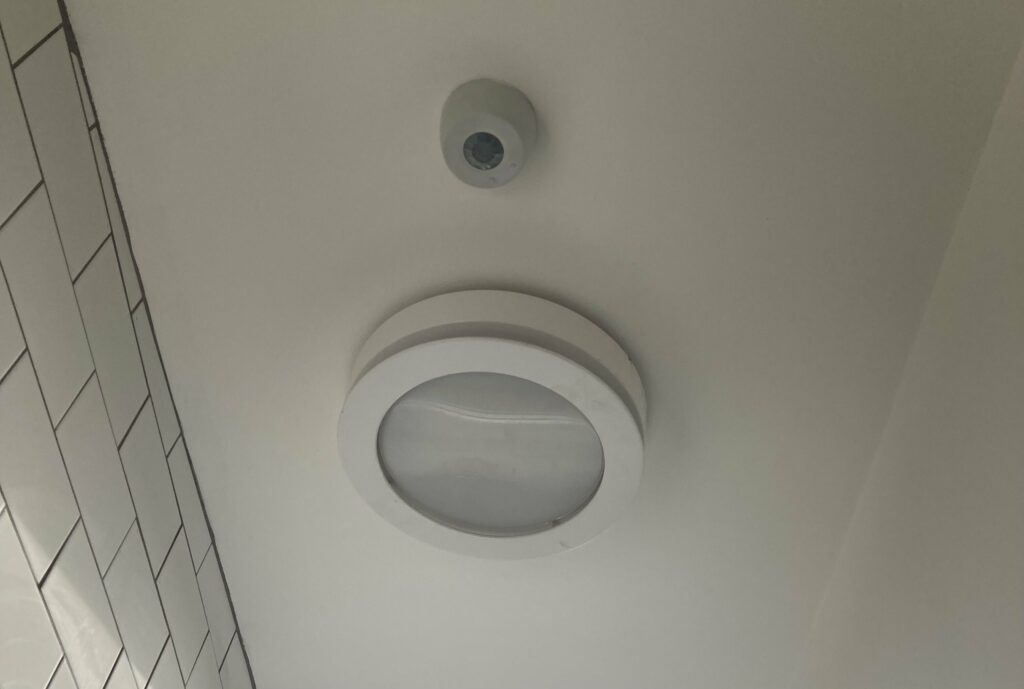Motion sensor lights are a popular way to keep your home safe from intruders or alert you of any movement in your yard. However, the alerting aspect starts to wear off pretty quickly if they are activating every 5 minutes due to your (or your neighbours) pets.
If you are one of the 59% of households in Britain that have a pet and are considering getting motion sensor lighting, asking if pets trigger motion sensor lights is probably a good idea. This post will look at if pets set off motion sensor lights and how we can prevent it from happening!

Pets can trigger motion sensor lights as every living thing emits some level of infrared. If using a PIR (Passive Infrared Sensor) to activate your lights, your pets, or even wildlife in your yard, can cause the lights to turn on. While this may be annoying for some homeowners, it can also be a helpful feature.
Now we know that indeed pets can trigger motion sensor lights to activate. We probably want to find out what we can do to prevent it.
It’s worth mentioning that some pet and wildlife activation can be handy. The lights triggering can alert us to unwanted wildlife in our back gardens giving us an opportunity to react.
Preventing Unwanted Motion Sensor Light Activations by Animals
Adjusting the Motion Sensor Settings
One way to prevent false alarms caused by animals is to adjust the sensitivity of the motion sensor. Most motion sensors have adjustable sensitivity settings that can be changed. By making the motion sensor less sensitive, we can avoid detecting smaller animals like cats, birds, and rodents.
Using Pet Immune Sensors
Pet immune sensors are motion sensors designed specifically with the pet problem in mind. The idea behind them is that they will detect human-sized objects while ignoring smaller animals. There’s lots more on these pet immune sensors below, as they can be a real advantage if simply adjusting the settings on a standard PIR doesn’t solve the problem.
Positioning the Motion Sensor
If you have read any of the other motion sensor light articles on the site, you will know that the correct positioning of the motion sensor is the answer to overcoming a lot of the negatives associated with motion-detecting lighting.

By placing the sensor in an area where your pets are less likely to trigger it, to begin with, we have a better chance of success. For example, if you have a cat, avoid placing the sensor where its detection range would encompass the cat’s food bowl, litter box or movement through the cat flap.
How Pet Immune Motion Sensors Work
Pet immune motion sensors are designed to detect movement in a room while ignoring the movements of pets. This allows pet owners to protect their homes and enjoy motion sensor lighting without worrying about false alarms caused by their furry friends.
These pet immune motion sensors use a variety of methods to differentiate between human and pet movement. One common method is weight-based detection, which ignores movements from objects below a certain weight threshold. This weight threshold is typically around 35 kg (or 80 pounds) but many have an adjustable range to tailor it to a specific pet.
Another method is pattern recognition, which looks for a distinct pattern of movement that is characteristic of pets although this method is more common in security motion sensor detection than in lighting.
As you may expect, pet immune motion sensors are far from foolproof, due in large part to the fact that our furry friends don’t always behave how we would expect. We can angle motion sensors higher, but this only works until the dog decides to jump up on the sofa for example.
Do Pet Immune Motion Sensors Work?
The majority of pet immune motion sensors use infrared technology, where the sensor is looking for the infrared heat from a living creature moving across the detection zone. PIR sensors are perhaps the most common type of sensor in lighting but are not always the most suitable option.
Dual technology motion sensors combine a PIR sensor and a microwave sensor into one unit. The PIR sensor detects the infrared heat given off by humans, while the microwave sensor detects the movement of objects in the room. When both sensors are triggered, the light is activated. Microwave sensors are becoming much more common as the price point lowers and I am fitting more of them in my day-to-day work as an electrician.
Pet immune motion sensors are designed to have a higher threshold for detecting motion, so they can ignore smaller movements caused by pets while still detecting humans. This higher threshold may be achieved by adjusting the sensitivity on a standard PIR but for the price difference if pets are likely to be an issue it’s probably worth investing that little extra in a pet immune-specific sensor.
Types of Pet Immune Motion Sensors
| Passive Infrared (PIR) Sensors | Passive Infrared (PIR) sensors are the most common type of pet immune motion sensors. They work by detecting changes in infrared radiation and are designed to detect motion from humans and animals weighing up to a certain weight, typically 35 kg or less |
| Microwave Sensors | Microwave sensors emit microwave signals and measure the reflection of those signals off of objects in their field of view. They are typically more sensitive than PIR sensors and can operate through glass and walls. |
| Dual Technology Sensors | Dual technology sensors combine PIR and microwave technologies to provide more accurate detection. They require both technologies to detect motion before triggering which can limit false alarms. |
| Other Types of Pet Immune Motion Sensors | There are other types of pet immune motion sensors but these are rarely used in lighting and are more common in security environments. They include acoustic sensors, which detect sound waves; vibration sensors, which detect movement; and video sensors, which use cameras to detect motion. |

Factors to Consider When Choosing Pet Immune Motion Sensors
Pet Size and Weight
When choosing a pet immune motion sensor, consider the size and weight of your pet. Different sensors have different weight capacities, and different levels of adjustment available. If you have a larger pet, be sure to choose a sensor with a higher weight capacity!
Sensor Range
Sensor range is always an important consideration, especially for outside lighting. If we have an outside floodlight mounted on an exterior wall we want the light to trigger as we begin walking up the driveway, not wait until we have the keys in the door before it triggers.
Sensor Placement
Even with pet immune motion sensors, the placement is going to be important. Give the sensor the best chance of not activating due to pets by having the detection zone away from the common animal hang-out areas.
Sensor Sensitivity and Technology
Modern smart sensors can incorporate technology such as temperature compensation to really limit false alarms. Smart technology is the way lighting is heading and even pet immune PIR sensors seem a little like old technology in today’s modern world.
I would always advise that when the electrician installs the motion sensor for your lights, they include an override switch so that if all else fails the light can be manually turned off. This is an essential feature if the light is outside a bedroom window and there is a high chance of wildlife triggering late at night!

